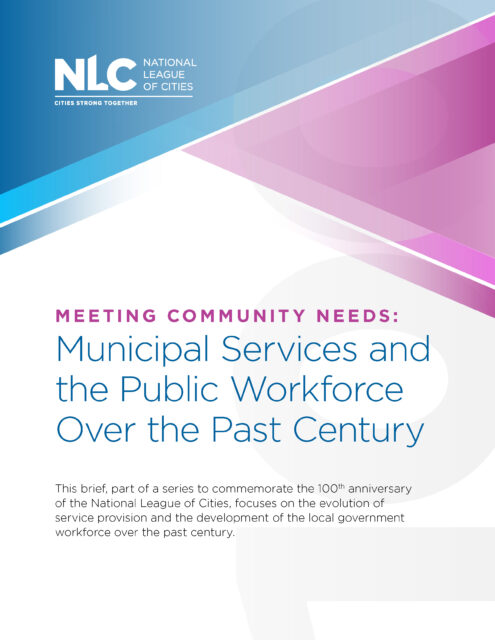As the form of government closest to the people, municipal governments must be responsive to residents’ needs, sometimes even before there is a systemic way to address these issues. While the municipal departments providing services have generally remained fairly constant, the nature of the services they provide has evolved over time.
The list below is representative of the way that municipalities organize departments to deliver services, although the methods through which they deliver services have evolved over the last 100 years.
- Infrastructure (roads, bridges and waterways)
- Public spaces (parks, recreation)
- Public safety (police, fire, courts, corrections facilities)
- Public health (hospitals, related public health institutions, aid to individuals in need)
- Education (schools. libraries)
- Governance (administrative functions essential for government operations, occasionally voting and elections)
This brief provides an overview of the services provided by cities between 1903 and 2010 based on budgeted expenses (see Appendix for methodology) and examines the changes to the municipal workforce related to these changes.

